How the navy's 'grim reaper' scraps Canada's old military ships
If navy ships had nightmares, they'd be about Mike Stege.
The friendly, bright-eyed civil servant with a broad smile kills ships.
"Some people are going to say, 'Oh, you're the grim reaper of the navy,' getting rid of these ships," Stege said. "But they've served out their time. They've done fantastic."
Right now, the former HMCS Athabaskan — a powerful destroyer the length of 10 school buses — is being cut up for scrap metal in Sydney, N.S.
The Athabaskan was launched in 1972 and performed dozens of missions around the world, with Canadian sailors as crew.
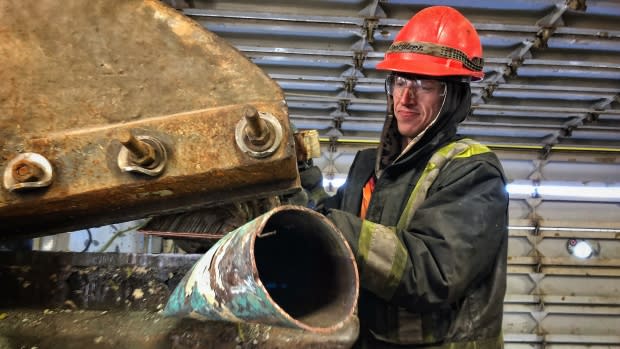
At one point, Stege was in charge of all the electrical systems aboard the ship. Now, he's the guy in charge of cutting it up.
"As I walk around here right now, it's with a heavy heart because I spent many hours at sea, many hours maintaining this thing."
Stege has moved from boats to bureaucracy. He's based in Ottawa and is the head of ship disposal for the Department of National Defence.
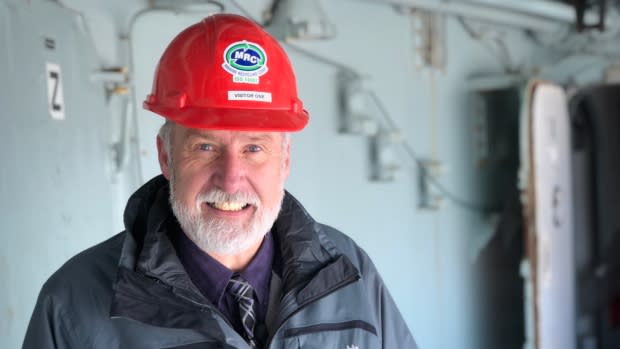
The government used to scrap ships differently.
The former HMCS Annapolis and Saguenay were sunk to create artificial reefs.
In 2007, the former HMCS Huron was used as target practice for the rest of the Royal Canadian Navy.
"We actually looked at it to see how much it would take to sink one of these things," Stege said.
But there was a problem. Before the ships could be sunk or shot, they had to be stripped of PCBs.
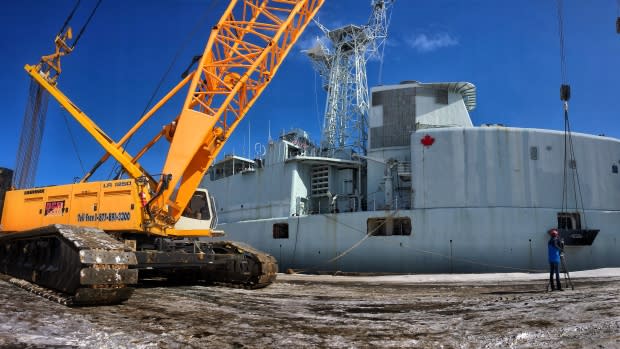
The cancer-causing chemicals were once widely used on ships for cable coatings, adhesives and waterproofing before the risk was fully understood.
They were cheap to use, but are expensive to remove.
The federal government used to strip the ships. But with recent disposals, it has hired companies like the one doing the work in Sydney.
Crews dispose of the hazardous materials safely and get to sell the scrap.
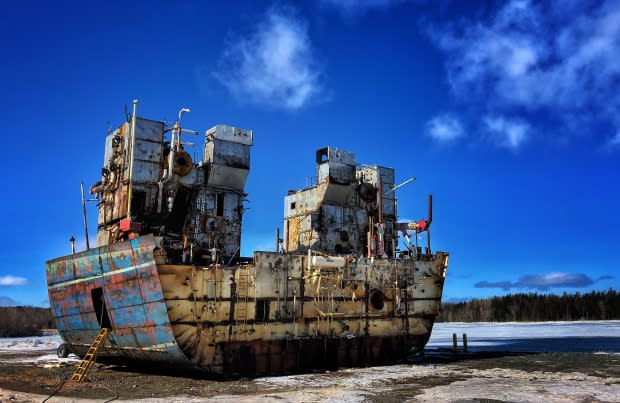
"They do all the demilitarization for us and whatever's left — the brass, the copper, the alloy — that is their profit for the company afterwards," Stege said.
It's a process that creates jobs, saves money and protects the environment.
"We really did our due diligence," he said. "We tried to save money. We did everything properly."
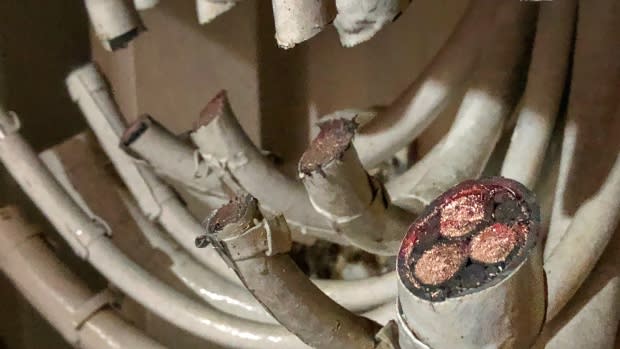
But soon that process will be overhauled.
Ships being used now, along with the new ones being built in Halifax, don't use PCBs.
Disposal is part of the design.
"It's part of the life cycle, as it were, for navies," said Kevin McCoy, president of Irving Shipbuilding.
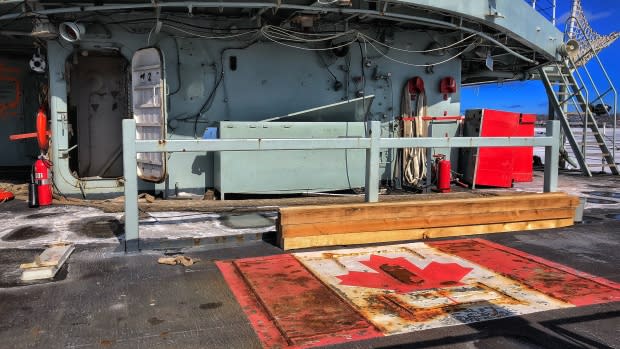
"As we go forward into future dismantling," Stege said, "we should be able to now, on behalf of Canada, actually be able to make money back and actually sell some of these ships. There may be other countries that would love to have our future ships.''
When future ships have finished their time in Canada, they could be sold internationally.
They could be sent to the auction block, but saved from the chopping block.
MORE TOP STORIES

